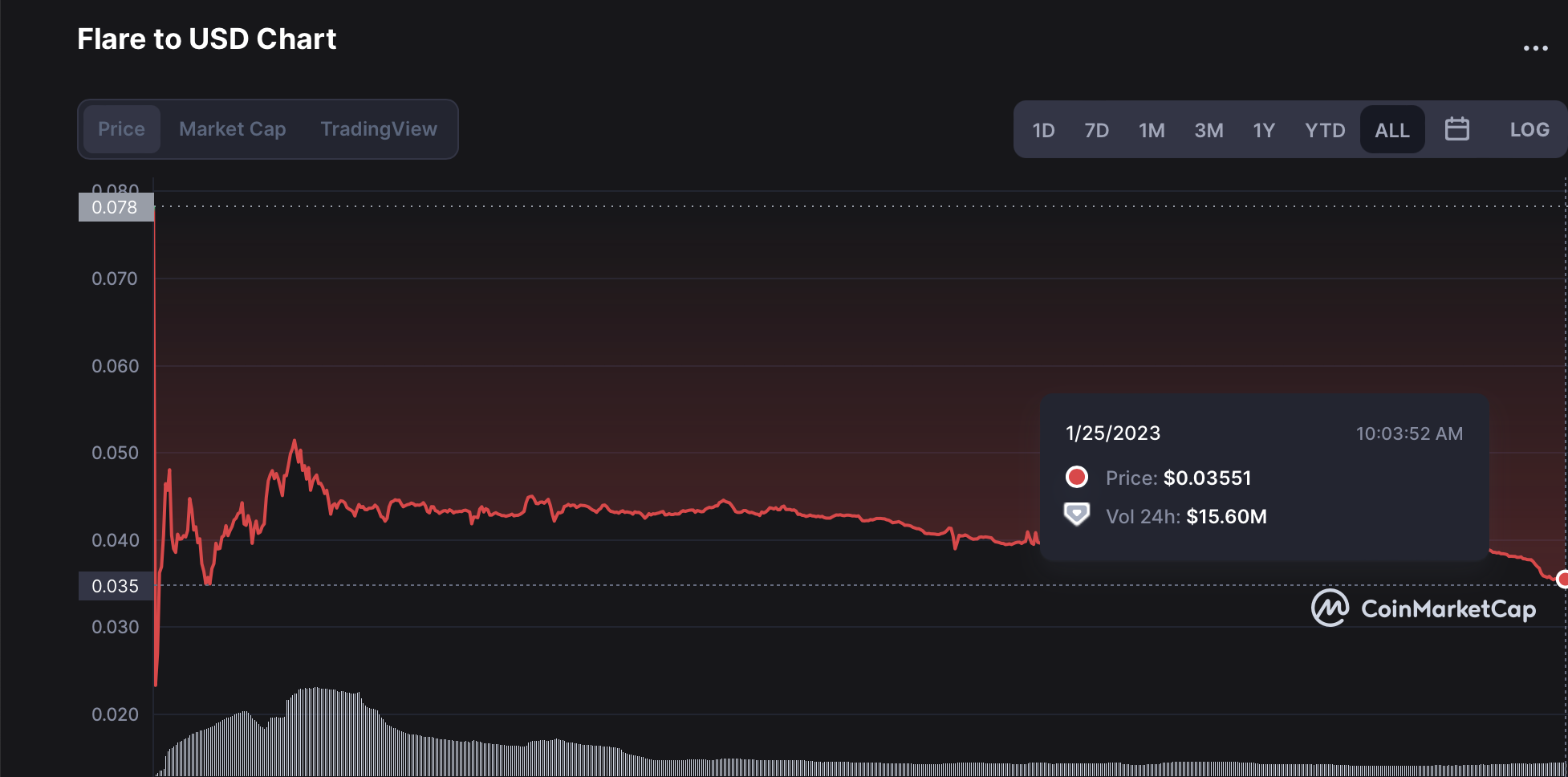The cryptocurrency industry is rapidly expanding and evolving. Over time, the entry barrier has decreased. This is because there are increasingly more accessible ways to invest in and hold crypto assets. Airdrops and initial coin offerings (ICOs) are two popular ways to acquire crypto tokens. While both airdrops and ICOs give access to crypto projects, it’s crucial to understand the critical difference between the two concepts.
Project awareness and adoption are the objectives of airdrops and ICOs. There are, however, fundamental differences. Airdrops involve the free distribution of tokens to potential or devoted investors, whereas ICOs involve the sale of tokens to investors to raise capital for a new project.
Cryptocurrency Airdrops
Crypto airdrops refer to the free distribution of tokens or coins to users. The critical point here is that it is free. To be eligible for an airdrop, participants only need to carry out specific promotional tasks or possess a certain quantity of alternative crypto assets. Different requirements exist for participation depending on the type of airdrop a project chooses to use. For example, a bounty airdrop requires participants to usually complete a set of activities on social media to promote the project to a larger audience. On the other hand, exclusive airdrops, as the name suggests, are reserved to reward a specific group of loyal supporters of an existing project.
At its core, new and existing crypto projects utilize airdrops as an effective marketing tool to increase a project’s visibility amongst the myriad crypto assets on the market.
A solid user base and a thriving community are essential for the success of cryptocurrency projects. Projects realize the need for creating trust and a sense of inclusivity by building communities. Therefore, airdrops provide an avenue to establish the stepping stones to fostering a thriving community. Furthermore, projects make use of airdrops to stimulate the trade of their native token.
Airdrops: Opportunities and Risks
There is a long history of airdrops being very profitable for participants. For example, the Uniswap airdrop of 2020 proved extremely rewarding for participants who held onto the airdropped UNI tokens until prices went parabolic the following year. However, given the volatility of the crypto markets, timing the market is challenging, and the value of these airdropped tokens fluctuates significantly over time.
Moreover, airdropped tokens might not always hold their initial value. Therefore, researching project fundamentals and the team behind the project before participating in airdrops is a prerequisite. A recent example of an unsuccessful airdrop was that of the much-anticipated Flare token.

The price decline of the Flare token since its airdrop conducted on January 10, 2023
The declining value of an airdropped token is often attributed to the lack of utility or real-world use cases. Another risk is the possibility of projects using airdrops to generate hype and list the tokens on an exchange at an inflated price, only for the creators to sell their sizeable portion of tokens, thereby causing the price to crash. This is a common scam known as a rug pull or a pump and dump scheme.
Another risk that participants must be aware of is the rise of airdrop phishing scams. This is a common attack vector whereby scammers create fraudulent websites or platforms that mimic legitimate ones to steal funds from unsuspecting victims.
Additionally, since many new unestablished projects airdrop their tokens to fuel adoption, some airdropped tokens might not be listed on major exchanges, making buying or selling them difficult. This makes it challenging to liquidate one’s investment. Therefore while opportunities exist, weighing out the risks simultaneously is crucial.
Initial Coin Offerings (ICOs)
An Initial Coin Offering or ICO comes from the traditional finance term Initial Public Offering or IPO. Crypto projects use ICOs to raise capital before their launch by issuing new tokens to the public, much like an IPO is a way for businesses to raise funds by issuing new shares of stock to the public for the first time. Furthermore, similar to an IPO, one of the main incentives for participating in an ICO is the expectation that the project’s success after launch will significantly increase the value of the tokens bought during the ICO.
An ICO, often referred to as token sales in the crypto space, is effectively a crowdfunding method with a project laying out its fundraising goal. Here, investors receive the project’s native token at a discounted price before the project’s official launch in exchange for their financial contributions. Projects conduct ICOs following the release of their whitepapers. Subsequently, investors purchase the project’s tokens after the announcement of its date and time is made on their official social media channels or through ICO aggregator calendars like the one found on CoinMarketCap. Purchasing the project’s tokens is done through fiat currency or an established cryptocurrency, usually Bitcoin or Ethereum.
In 2013, ICOs became the crypto industry’s solution for financing new crypto projects. However, the ICO phenomenon rose to prominence between 2016 and 2018, a time frame frequently referred to as the ICO boom. The number of new projects using ICOs to raise capital soared to dizzying heights during this time. According to a report published by The Social Science Research Network (SSRN), in 2018 alone, there were more than $14 billion dollars raised in ICOs.
ICOs: Opportunities and Risks
There is tremendous potential for lucrative returns through the participation of an ICO. The Ethereum ICO held in mid-2014 is a prime example of this. The price per Ethereum token (ETH) during the sale was $0.31 dollars. According to coincodex, ETH currently has a return on investment (ROI) of over 5000x since its ICO sale price. Those who managed to sell their ICO-purchased ETH at its all-time high of $4,878 dollars would have an ROI of over 14,000x.
ICOs are rewarding for early investors if the project succeeds. However, this ambiguity makes it a very high-risk endeavor to participate in.
$EOS was the largest ICO ever, raising a record $4.2B.
It did $550 in fees today.
— Miles Deutscher (@milesdeutscher) December 9, 2022Furthermore, there is an increased risk of scams because ICOs are still largely unregulated compared to traditional IPOs. Ifan and Pincoin, Plexcoin, and Centratech are some of the largest ICO-related scams in the crypto space.
The Fundamental Difference Between Airdrops and ICOs
Both airdrops and initial coin offerings (ICOs) aim to expand its community while raising awareness of a cryptocurrency project. The opportunities and risks for participants are also similar. Participants have the chance to profit significantly from both avenues, but they also run the risk of losing funds and falling victim to scams. Therefore, while airdrops and ICOs are often marketed as easy methods of profiting, they require considerable investment in time for due diligence.
However, an airdrop and an ICO are fundamentally different concepts. Airdrops do not require participants to make investments or buy tokens since airdropped tokens are rewarded to participants for free. ICOs, on the other hand, require participants to invest or buy into a project’s native token. Therefore, the motive behind ICOs primarily focuses on raising funds to support the development and launch of projects, while airdrops aim more towards driving engagement with a platform or project. ICOs are a crowdfunding method for launching a new project. In contrast, airdrops encourage participants to become project users and benefit from their promotional tasks as free advertising.
Conclusion
The crypto sector provides investors and participants with opportunities for generating life-changing wealth. ICOs and airdrops allow individuals to enter a potentially lucrative project as early-stage adopters. Although buzzwords like these frequently lead newcomers to the industry to believe that ICOs and airdrops are interchangeable, they are, in actuality, two very distinct concepts in the cryptosphere.



















